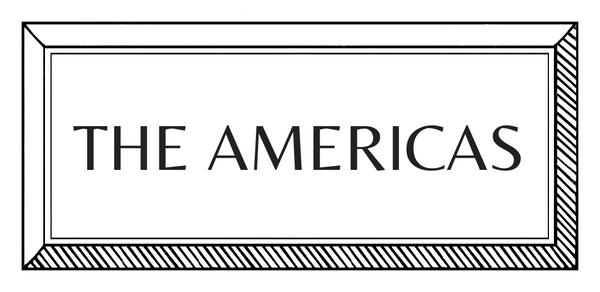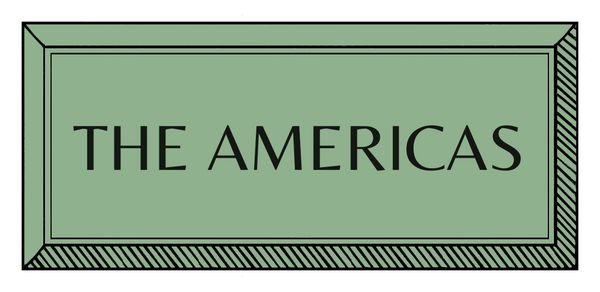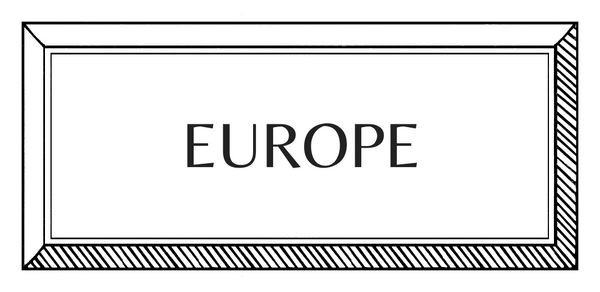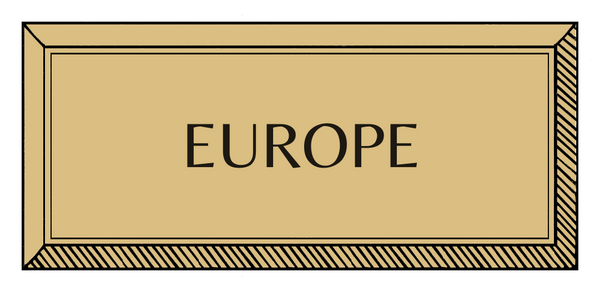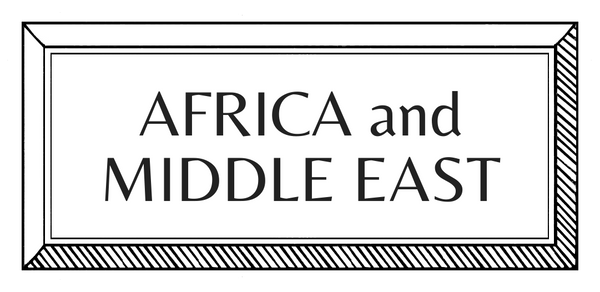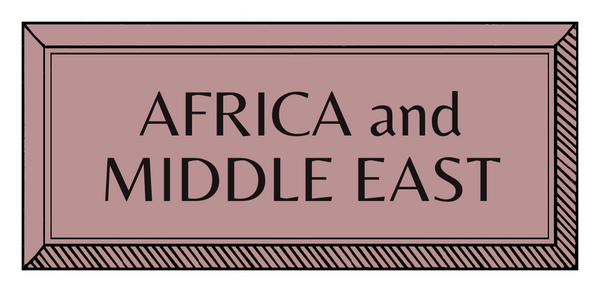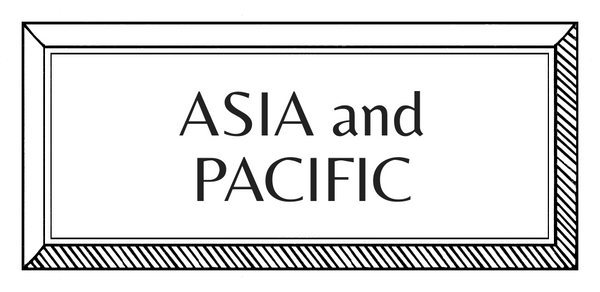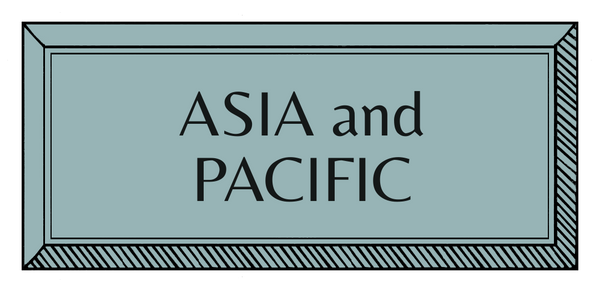MAKERS | EUROPE | UK | PAPER ART
Su Blackwell | Paper Artist

A master of the ethereal and ephemeral, Su Blackwell conjures intricate worlds from the pages of old books, transforming paper into delicate three-dimensional dioramas that feel plucked from a dream. Working from her studio in the UK, Su’s poetic sculptures explore themes of memory, fragility, and storytelling, drawing deeply from fairy tales and folklore. Her work, which resides in major museum collections including the V&A, evokes a melancholy; each piece a meditation on life’s transience, crafted with precision, reverence, and wonder.

How did you begin?
I’m not sure that I came to my craft, or rather that my craft came to me. My nan taught me to hand embroider when I was very young, and I went on to study embroidered textiles at the Royal College of Art in London.
I approach life serendipitously. I have never aspired to anything. Instead, I’ve let things happen. So, my journey with art is undoubtedly serendipitous. I’ve honed the techniques over many years of working with the medium of paper through play and repetition. I am constantly honing my craft and finding other ways of doing things.
How did you learn?
During my studies, I was drawn towards working in a sculptural way. My tutors allowed me to work across textiles, sculpture, and jewellery departments, where I was introduced to many different materials and techniques. However, textile techniques like knotting, twisting and stitching have remained integral to my work.
I began exploring paper as a medium after travelling to South-East Asia. There, I encountered paper used in spiritual ceremonies across Thailand and Laos. The paper was a metaphor for sending messages between this life and the next. Paper is a seemingly fragile material, but it has an inert strength once folded. I love that paper can be transformed, with only a slight touch of hand, into a fold or a cut.
Creating these works is a meditative exercise. As the sculptures come together, I use a range of simple tools and techniques I have developed. This process is about creating art and connecting with the emotions and stories that inspire each piece.

How do you plan, prepare and execute your works?
Usually, a picture forms in my mind, which could be a progression from a previous work that I want to explore further, inspired by a story I’ve read, or something political that resonates with me. I work more naturally in a three-dimensional way. I make with my hands and find it difficult to sketch my ideas, although a preliminary sketch can sometimes help me conceive an idea.
Each project is unique. Often, I start by drawing out the shapes I want to cut out, be it trees or animals, or I cut out illustrations from the book. I work with old books, which I find in flea markets. I use a 10A surgeon scalpel on a cutting mat to make intricate, precise cuts with my hand. My work is made close to my body. I don’t use a computer. All my work is cut by hand. It is a laborious, repetitive process, but I think the work shows the hand of the artist rather than the perfectionist cut of a machine.
Once I have the cut-out elements, I will begin folding, glueing and forming the three-dimensional elements. I also search for words in the book to enhance further layers of meaning. The subject or title of the book I choose is integral to my work.

Are there any themes running through your work?
I always return to fairy tales for inspiration, especially stories about the power of women. With their timeless themes of transformation and empowerment, these tales continue to influence and shape my work.
The role of fairy tales is about transformation, and I am especially interested in what fairy tales can show us about modern life. I am particularly drawn to the psychological, philosophical rewritings of European fairy tales by scholars such as Marina Warner, Angela Carter and Sharon Blackie.
What does a typical day look like?
I work in my studio on the South Coast of England. It is a peaceful, quiet, organised and tidy space surrounded by all the books I have collected, which are organised into themes. A typical day starts at sunrise. I go upstairs to my studio, where I first make myself a cup of tea and write a list of things I want to get done that day. I get great satisfaction from ticking things off my list.
I am most productive in the early morning but work until 8pm most days. If the weather is fine, I go for a walk or to the gym around midday, as I like to stay active. I also listen to podcasts or music sometimes. I never know what a typical day will look like; often, there is admin to take care of, emails, social media. My favourite days are when I can work all day on my art, but these days are few and far between. I work alone, but have an assistant who helps me in the studio once or twice a week.

The best and worst things about being a craftsperson today?
The highlight is doing something you love and feel passionate about daily. The worst thing for me is working with corporate companies that do not understand the creative process and have unrealistic expectations. Please share the joys and challenges of your vocation. In the UK, it is assumed that students choose art and design as subjects because it’s an easy option; however, a career in the arts is far from easy.
There are times I think about other career paths I could take, which would be more predictable and offer a secure source of income. Still, when I receive an email from someone who has bought my work or bought a print or a card, and they feel compelled to write to me either by post or email to say that my work has touched them in some way or has brought them some joy, then it makes what I am doing feel all the more worthwhile. It brings me a tremendous sense of satisfaction.

A Place or Space that inspires you anywhere in the world?
Except for my studio, I love spending time in libraries and browsing second-hand bookshops. These are places of refuge for me. To quote Virginia Woolf, “I ransack public libraries and find them full of sunken treasure.”
The State Library of New South Wales in Sydney, Australia, was the most inspiring, akin to a church or a temple. I lived briefly in Sydney after finishing my studies at the RCA and visited the library daily. My favourite second-hand bookshop is Much Ado Books in Alfriston, East Sussex, a magical alcove of books where times seem to disappear.
An object you’ll never part with?
A scalpel with an endless supply of 10A blades.

Interview by Emma Becque
Images from Rebecca Brooker, John Reynolds & Jaron James.


